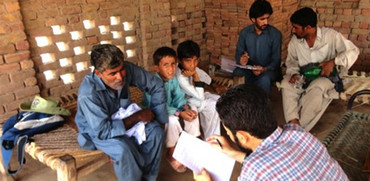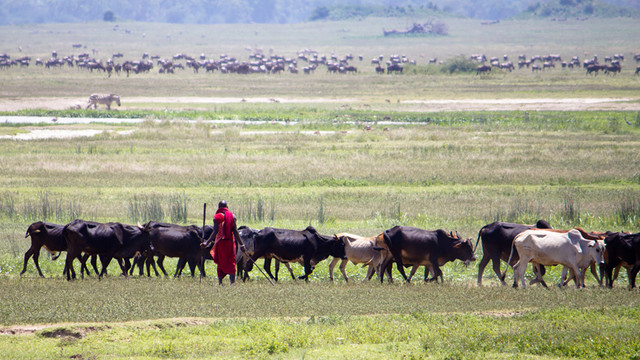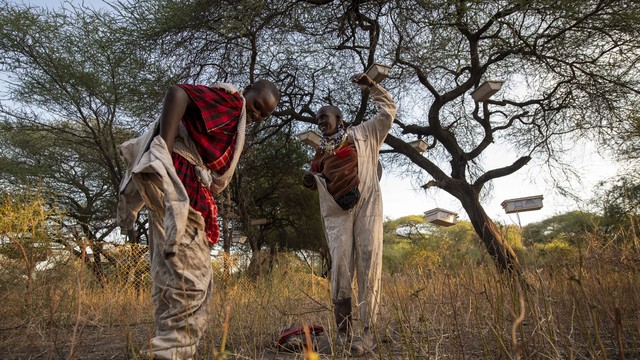Measuring the impact of climate adaptation on development
A comprehensive framework is broadening the way decision makers measure the impact of climate adaptation on development.

This culvert, constructed to allow villagers to cross the River Mahenya, Kenya, proves insufficient at times of extreme rainfall. Kenya is one of the pilot countries for TAMD which aims to improve the way climate adaptation is assessed (Photo: Robin Wyatt)
A new framework is improving climate adaptation assessment, evaluating it alongside local climate resilience and economic development.
Tracking Adaptation and Measuring Development (TAMD) helps assess how effectively adaptation interventions lead to development and how well climate risks are managed.
Pilot programmes in Kenya, Mozambique, Ghana, Nepal and Pakistan have produced important learnings which are helping fine tune the framework before it is rolled out further. TAMD is also one of the frameworks helping shape the Green Climate Fund.
Lessons learned
While conventional evaluation tools focus on the results of individual projects, TAMD assesses adaptation efforts on a comparative basis and the impact they have on development. In Nepal, IIED engaged across three government departments to scope and plan work, producing tailor-made strategies and interventions.
At a time when climate adaptation is receiving increased funding, IIED has found that governments are only willing to prioritise efforts sufficiently when it is clear that investment will improve economic development. TAMD is helping countries identify which interventions are most effective, as well as bargain harder for climate finance.
– Irene Karani,
Director, LTS Africa, Kenya
The design and test phase of TAMD has shown that evaluation frameworks are key for producing results that allow for both lesson learning and better investment decisions.
In addition to its use as a standalone tool, IIED has found that TAMD can also add value to existing climate programmes which are based on more traditional 'inputs against outputs' results. For this purpose, TAMD is working with the Pilot Program for Climate Resilience, helping governments view climate adaptation more comprehensively.
Policy integration
While IIED, Garama 3C Ltd, Adaptify and other partners first developed TAMD as a conceptual framework, we are now seeing it integrated into policy. Elements of TAMD are integrated into the UK’s national climate finance policy and Nepal’s Local Adaptation Plans of Action.
In addition, IIED has presented TAMD to the monitoring and evaluation technical workshop of the Adaptation Committee of the UN Framework Convention on Climate Change in September 2013.



